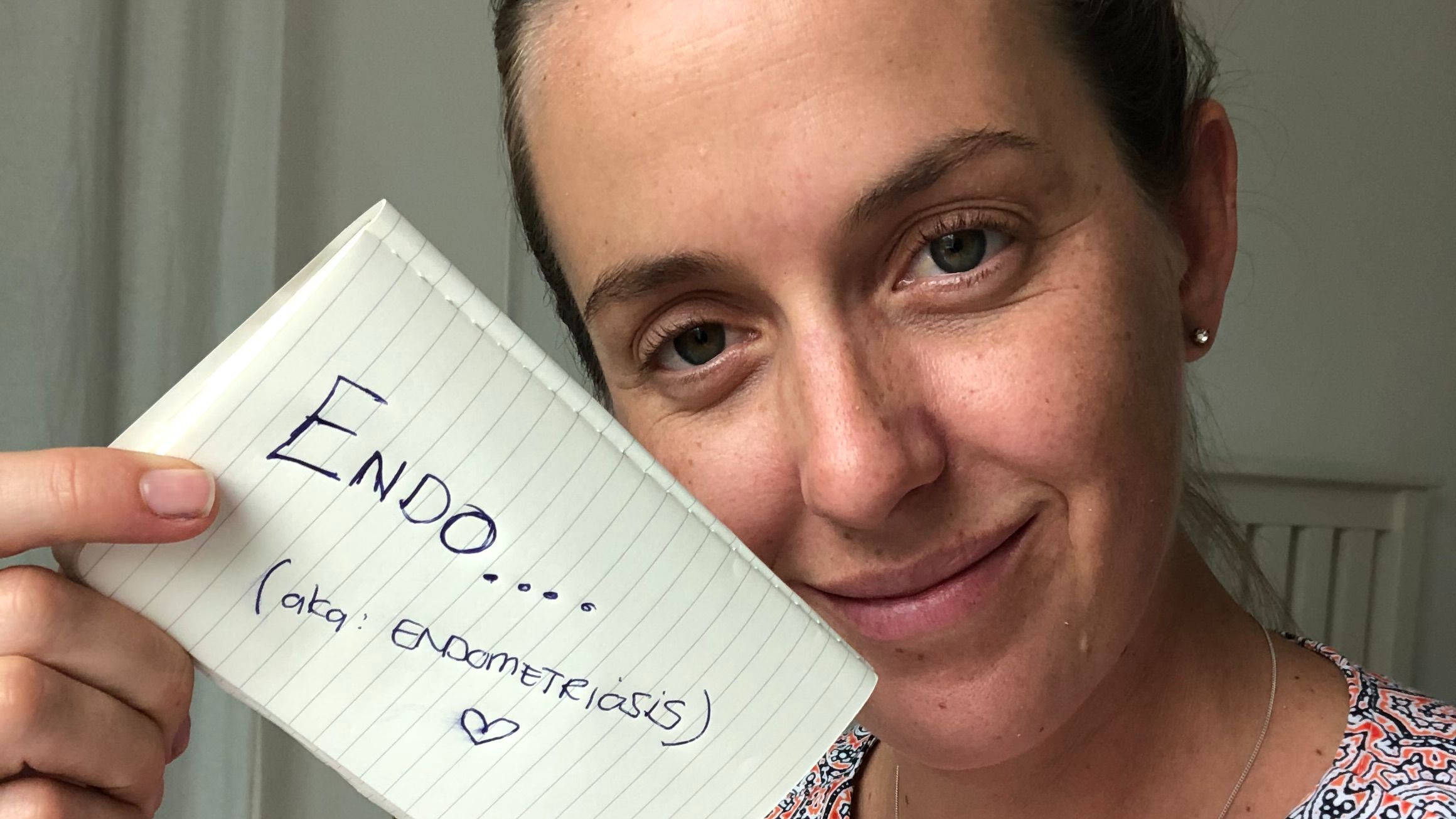What is Endometriosis?
Mar 14, 2023
t’s a disease that is caused by tissue that is similar, but not the same as, the tissue that makes up the lining of your uterus - when that tissue is found in other places in your body. It can be found anywhere- it’s even been seen in the brain, as well as in men- so it’s not ‘uterine cells’, although VERY similar to them!
So every month, endometrial tissue go through the same process- they build, then break down and then they ‘bleed’. The problem with endometriosis is that those cells are not in your uterus, so the blood has no way of exiting the body (via the vagina). This therefor causes inflammation that then leads to an increase in the blood supply to that area which turns on your immune response- this all results in adhesions and scaring over time!
The main side effect of this process is PAIN!
Research says that about 10% of all women have endometriosis, although it can take 6-12 years to be diagnosed. A doctor can ONLY diagnose endo via a laparoscopy. They can suspect it due to symptoms, but not diagnose it.
The symptoms of endometriosis can be anything from chronic pelvic symptoms, infertility or depression, to pain during sex, bowel movements, exercise, painful periods and back pain. Often the level of pain is linked to where the adhesions are?
Who gets endo?
- They are not sure
- There seems to be a genetic link
- Some studies have seen endo present in female foetuses!!! Suggesting environment triggers later in life cause the onset?
If you have endo, what’s happening hormonally?
- Your genes over respond to oestrogen, encouraging more endo cells to grow
- Endo cells/tissue also produces its own oestrogen
You are therefore prone to OESTROGEN dominance, and a lower progesterone level than normal.
Many girls tell me that pregnancy helps their endo symptoms- this is due to the increase in progesterone during pregnancy, sadly it doesn’t cure it though. Other girls end up having hysterectomies- but one must ensure that that is the last and only option, as the endo is often in other places- so why lose your whole womb unnecessarily.
So how do we treat endo?
- Surgery is normally a step- excision of the endometrial tissue
- Medication- remember generally meds only reduce symptoms, then don’t seem to treat the actual endo?
Hormonal birth control pill:
These are normally progestin dominant- so they reduce symptoms but not the endo growth though- if you stop the pill, the symptoms tend to get worse
Lupron:
This is the pill that sends you into menopause- it suppressed the ovaries. Obviously suppressing oestrogen, and reducing symptoms again, but this drug comes with lots of nasty side effects
So all hormonal methods definitely help symptoms but they don’t fix endometriosis sadly.
What can we do to try and fix this problem?
- Try and improve your oestrogen-progesterone balance by:
- Fix your gut
- Fix your liver
- Improve your dietary fiber intake
- Manage stress and cortisol levels
- Sleep at least 7 hours a night
- Look into an oestrogen supporting supplement- should contain a combo of calcium D glucarate, DIM (diinsolynmethane) and broccoli seed extract.
- Try CDB oil
- Check your vitamin D levels, low levels have been linked to endo, so supplement of necessary.
- Try cut out or reduce gluten, it’s pro-inflammatory, and we are trying to reduce inflammation
- Avoid meat and dairy filled with hormones
- Add omega 3, curcumin, magnesium and a B complex supplement into your regime
Info from
Period Power - Maisie Hill
Beyond the Pill - Dr Jo Brighton
Do you want to know more about Kelly's Inner Work Fertility Course. It was created in line with her own journey to motherhood, after battling unexplained infertility for 3 years!
Stay connected with news and updates!
Join our mailing list to receive the latest news and updates from our team.
We promise your information will not be shared.
We hate SPAM. We will never sell your information, for any reason.

